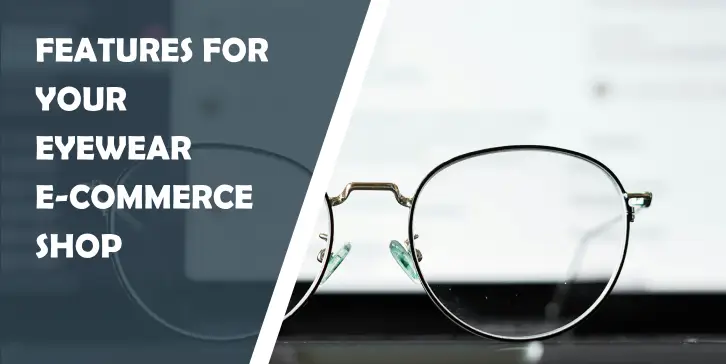Author: Mellissa S. Bonnell
As technology revolutionizes the future of eyewear shopping, the industry has tapped the e-commerce space to sell eyeglasses, sunglasses, contact lenses, and related accessories to customers online. Global Insight Services reports that eyewear in e-commerce is a lucrative market, valued at $45.8 billion in 2023 and expected to reach $98.6 billion by 2033 at an annual growth rate of 7.9%. With its growth driven by factors like increasing internet connectivity and growing consumer preference for online shopping, it’s one of the segments business owners can penetrate through a powerful e-commerce presence using top platforms like WordPress.
While there are many competitors in eyewear’s e-commerce segment, a previous post provides tips on increasing your e-commerce site’s visibility. These include choosing a web hosting provider with fast loading times, keeping your URL simple and strategic, and providing unique content for a higher ranking on search engines.
However, beyond these search engine optimization (SEO) strategies, you also need to consider the user interface of your e-commerce shop to ensure a smooth shopping journey for your customers. Below are user-friendly features that can boost customer satisfaction and contribute to eyewear e-commerce success.

Product category filters
As customers shop for eyewear for vision correction, sun protection, or fashion, online retailers typically have a wide selection of frames and lenses to cater to varying needs. In this case, your e-commerce shop must have clear product categories and search filters to help consumers narrow down their options.
Case in point, leading retailer Sunglass Hut’s selection of luxury sunglasses from brands like Versace, Miu Miu, and Burberry are not only displayed with a product photo, model, and price but can also be sorted according to the frame size, fit, shape, material, and lens options. Whether consumers are looking for stylish oversized frames like BE4439 or prescription sunglasses like MU52YS, they can utilize this feature to inform their eyewear purchases and reduce the risk of returns and shopping cart abandonment.
Virtual try-on technology
With emerging technologies like augmented and virtual reality (AR and VR) being incorporated into the eyewear industry’s digital transformation, e-commerce businesses can also leverage these tools to innovate the online shopping experience. While e-commerce cannot fully replicate the experience of trying on eyewear in physical stores, there are now AR and VR-based plug-ins that create realistic visualizations of how the frames fit on online shoppers’ faces.
Among the real-world examples of this technology is e-commerce giant Amazon’s Virtual Try-On, which allows consumers to use their device’s camera to visualize a pair of sunglasses from Adidas or Ray-Ban before buying them. By mitigating consumers’ uncertainty and providing an immersive experience, they are more likely to be satisfied with their eyewear purchases and not return them.

Vision insurance benefits
The growing necessity of eyewear for vision health has encouraged more and more individuals to avail of vision insurance plans, which help cover routine eye care expenses like eyeglass frames and lenses. Whether the plan is provided by the government through Medicare or by employers through private networks like EyeMed and VSP Vision Insurance, it reduces out-of-pocket expenses and thus significantly influences eyewear purchases.
As such, your e-commerce shop must also include a feature that enables customers to claim their vision insurance benefits and get their eyewear at a discounted rate. For example, LensCrafters has a dedicated section for processing vision insurance plans by letting customers check their insurance eligibility and enter their details, with the corresponding benefits applied upon checkout.
In summary, an eyewear e-commerce shop with features like product filters, virtual try-on, and vision insurance processing can streamline consumers’ shopping experience and thus lead to higher sales and improved customer satisfaction.




